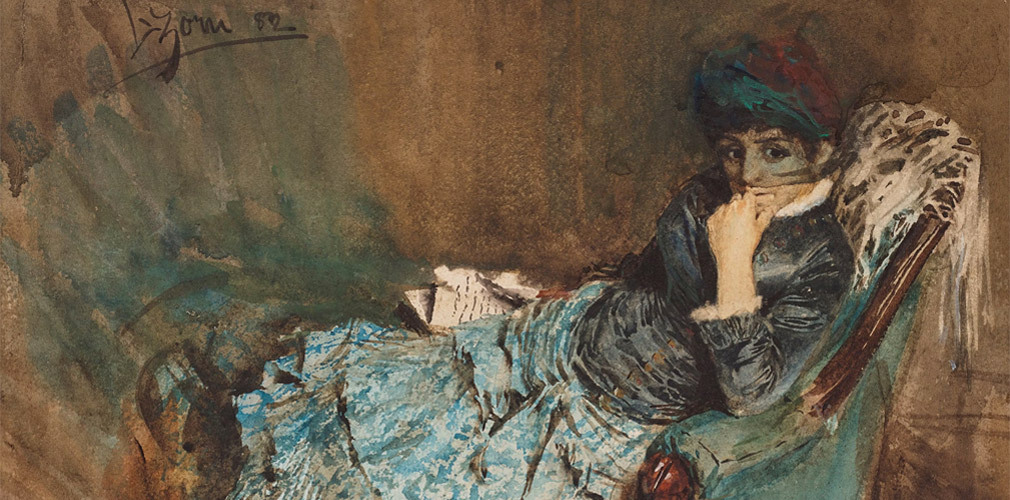Bukowskis presents Anders Zorn at Important Spring Sale
Bukowskis presents several important artworks by Anders Zorn on Important Spring Sale
Anders Zorn, "Kuvåsängen", 1918
"Kuvåsängen" from 1918 is an exquisite interior from Gopsmor in which Zorn dedicates himself to a penetrating study of chiaroscuro. The daylight, interacting with the darkness in the composition, enters from the window on the right and illuminates the model's left side, where she stands naked on the bench, meeting the viewer's gaze. Zorn also excels as a colourist, despite his limited palette, evoking deep, rich, and delicate tonal values.
The motifs from Gopsmor were created with a serious intention. Zorn came from a region with traditional customs and humble conditions. His depictions of rural life emerged during a time when industrialism posed a threat to inherited ways of life, and the paintings took on the character of uncomplicated counter-images to the rapidly advancing "modernity."
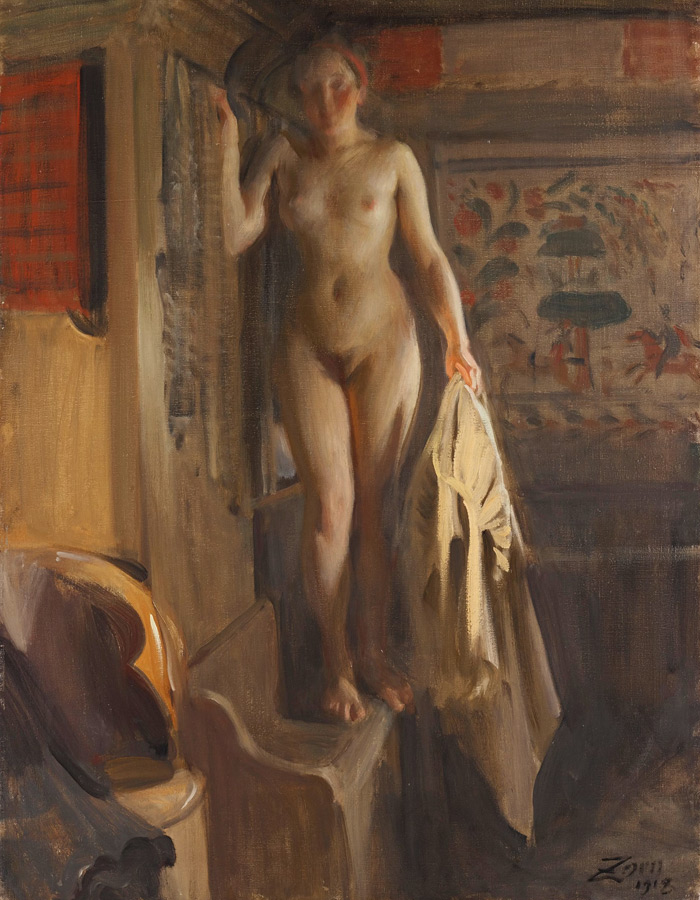
Hans Henrik Brummer has spoken of "a deepened emotional content, which in this context can be described as a gentle love for the native region" and continues his argument by stating:
"His paintings from Gopsmor speak of the sensuality of a simple way of life. Depicting an Arcadian paradise was entirely in line with his artistic program. The extensive production from Gopsmor displays a great diversity and largely consists of beloved folk-inspired images."
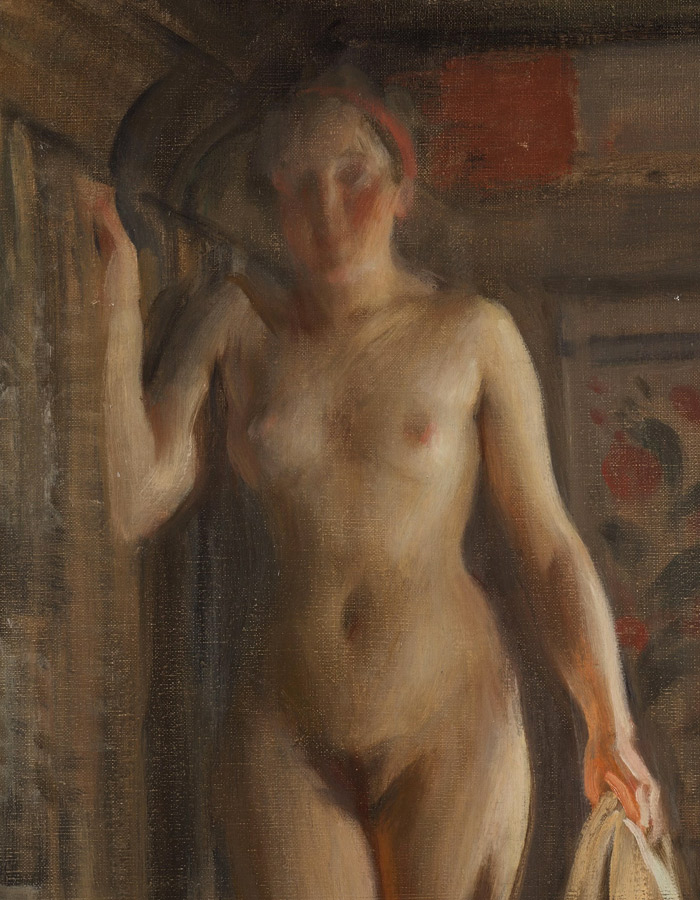
Anders Zorn, "Gods-Kari", 1916
In this portrait, Anders Zorn has depicted young Gods-Kari in the beautiful winter costume of Mora. Gods-Kari's real name was Ester Jansson and she was born in 1897. With the clarity of a master, Zorn has captured the double play of light over the model and the costume. The natural light enters from the left of the painting and plays over the hands and the soft folds of the green skirt. The heat and light from the fireplace, which we can sense outside the image on the right, is reflected in the jacket, colouring God-Kari's cheeks a rosy red. The ivory-white coat and light-coloured shawl almost melt into the wall bathed in winter light. The accent of red in the hairband revealed, for those who were interested, that the woman was still unmarried.
One of Zorn's great ambitions in life was to preserve the culture of his home province and protect it from the excessive changes of industrialism. In his paintings from Mora and the surrounding area, there is often a concern for traditions, for example by highlighting the cultural uniqueness of the traditional dress and thus paying tribute to the people of Dalarna for holding on to their unique history. In 1874 his mother Grubb Anna Andersdotter had married Skeri Anders Andersson, with whom she had four daughters. The family's existence was often difficult and darkened by overcrowding and poverty. When Anders Zorn's career took off in England in the 1880s, he sought to alleviate his mother's situation by sending home small financial contributions.
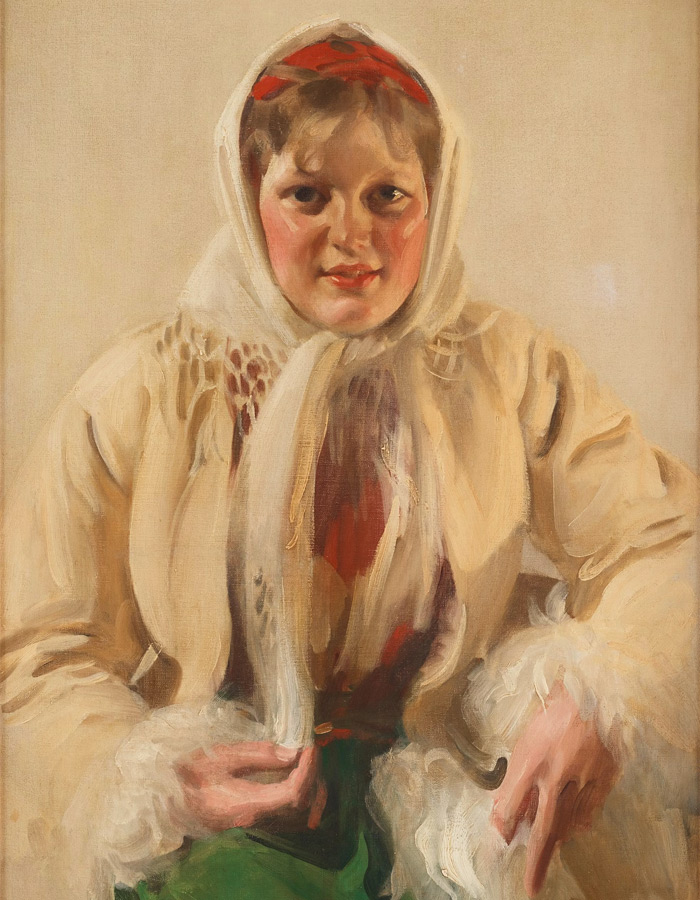
After Zorn acquired some of the Skeri farm land near Mora church in 1886, he also began using members of the Grubb and Skeri families as models for his paintings, such as "Our Daily Bread" (National Museum). The models had to "dress old-fashioned" because he wanted to recreate the local traditions of his childhood.
Throughout his life, Zorn was committed to the "preservation of the national costume", and his depictions of the local men and women reflect his desire to realistically depict the traditional dress of Dalarna for posterity.
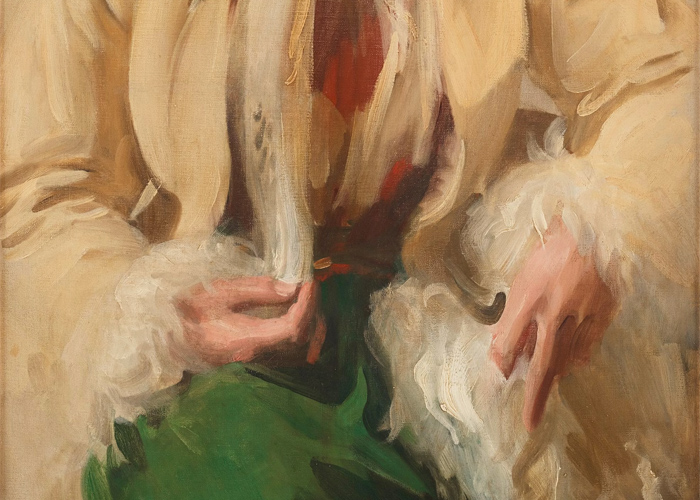
Anders Zorn, "The Letter", 1882
After his secret engagement to Emma Lamm in 1881, the young and ambitious Anders Zorn embarked on a journey that would change his life. He travelled through London and Paris to Spain, where he already perceived Andalusia's mystique and charm, influenced by Egron Lundgren's watercolours featuring women in mantillas. During this stay, he created some of his most famous works, such as "Kusinerna" (1882) and "Modersglädje" (1882). Although the Spanish watercolours were appreciated, and one from Cadiz was accepted at the Salon, it was money and fame that he sought to provide Emma Lamm with the husband she deserved and the man he wanted to be. London became his next destination.
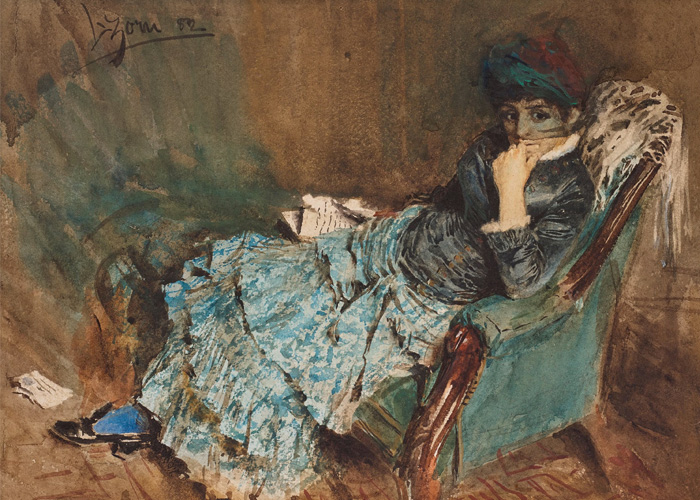
The story of how the young Zorn establishes himself in London at the finest address, with stylish business cards and well-tailored clothes – all on credit – has become like an anecdote that also demonstrates what kind of person Zorn was: courage, more talent than some believed was possible, and just the right amount of audacity. His studio was located at 52 Brook Street, placing him right among affluent patrons and upscale galleries.
The current catalogue number was recently discovered and became somewhat of a sensation as the Zorn Museum was unaware of the subject. The model is most likely Zorn's beloved Mary Smith (also depicted in works such as "On the Thames" and "Mary in the Studio"). The title "The Letter" is written on the back, indicating that the content of the letter held by the model is the main focus, while the envelope lies on the floor below her. Did she hastily open the letter? What did it say? Sorrow? Love? This type of genre painting was highly popular at the time and invites the viewer to create their own story about the subject. Zorn's unmistakable skill in handling watercolours is something no observer can or wants to miss.
The works will be sold at the Important Spring Sale
Viewing: June 8th–13th, Berzelii Park 1, Stockholm
Open: Weekdays 11 am–6 pm, Weekends 11 am–4 pm
Auction Live: June 14th – 16th, Arsenalsgatan 2, Stockholm
Read more about the auction
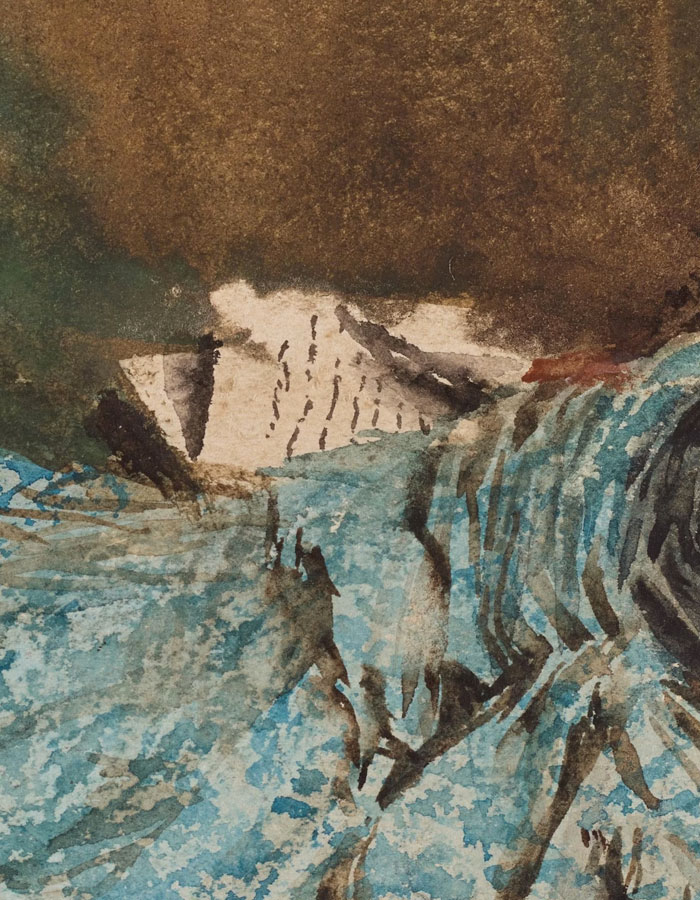
Requests & condition reports Contact specialist

Stockholm
Lena Rydén
Head of Art, Specialist Modern and 19th century Art
+46 (0)707 78 35 71

Stockholm
Rasmus Sjöbeck
Assistant Specialist Classic Art
+46 (0)727 33 24 02

Stockholm
Andreas Rydén
Head Specialist, Art, Deputy Managing Director
+46 (0)728 58 71 39

Stockholm
Mark Sjöberg
Specialist Art, Prints (parental leave)
+46 (0) 707 88 84 72
